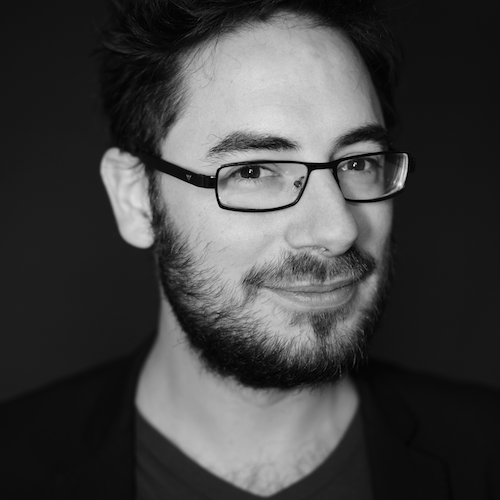Was it Real or Virtual? Confirming the Occurrence and Explaining Causes of Memory Source Confusion between Reality and Virtual Reality
Abstract
Supplemental Material
- Download
- 7.70 MB
- Transcript
- Download
- 275.72 MB
- Transcript
- Download
- 280.01 MB
References
Index Terms
- Was it Real or Virtual? Confirming the Occurrence and Explaining Causes of Memory Source Confusion between Reality and Virtual Reality
Recommendations
Extending Virtual Reality Display Wall Environments Using Augmented Reality
SUI '19: Symposium on Spatial User InteractionTwo major form factors for virtual reality are head-mounted displays and large display environments such as CAVE®and the LCD-based successor CAVE2®. Each of these has distinct advantages and limitations based on how they’re used. This work explores ...
The presence of an avatar can reduce cybersickness in Virtual Reality
AbstractVirtual Reality (VR) applications are increasingly being utilized for research, healthcare, and education. Despite their benefits, many VR users report motion sickness-like sensations (cybersickness), such as headache, disorientation, or nausea. ...
Speed reading on virtual reality and augmented reality
AbstractMany virtual reality (VR) and augmented reality (AR) applications in education require speed reading. The current study aimed to explore whether the reading performance on VR and AR is different from that on traditional desktop display,...
Highlights- We explored performance of speed reading on virtual and augmented reality.
- ...
Comments
Information & Contributors
Information
Published In

Sponsors
Publisher
Association for Computing Machinery
New York, NY, United States
Publication History
Check for updates
Badges
Author Tags
Qualifiers
- Research-article
- Research
- Refereed limited
Funding Sources
Conference
Acceptance Rates
Upcoming Conference
- Sponsor:
- sigchi
Contributors
Other Metrics
Bibliometrics & Citations
Bibliometrics
Article Metrics
- 0Total Citations
- 1,186Total Downloads
- Downloads (Last 12 months)1,186
- Downloads (Last 6 weeks)81
Other Metrics
Citations
View Options
Login options
Check if you have access through your login credentials or your institution to get full access on this article.
Sign inFull Access
View options
View or Download as a PDF file.
PDFeReader
View online with eReader.
eReaderFull Text
View this article in Full Text.
Full TextHTML Format
View this article in HTML Format.
HTML Format

